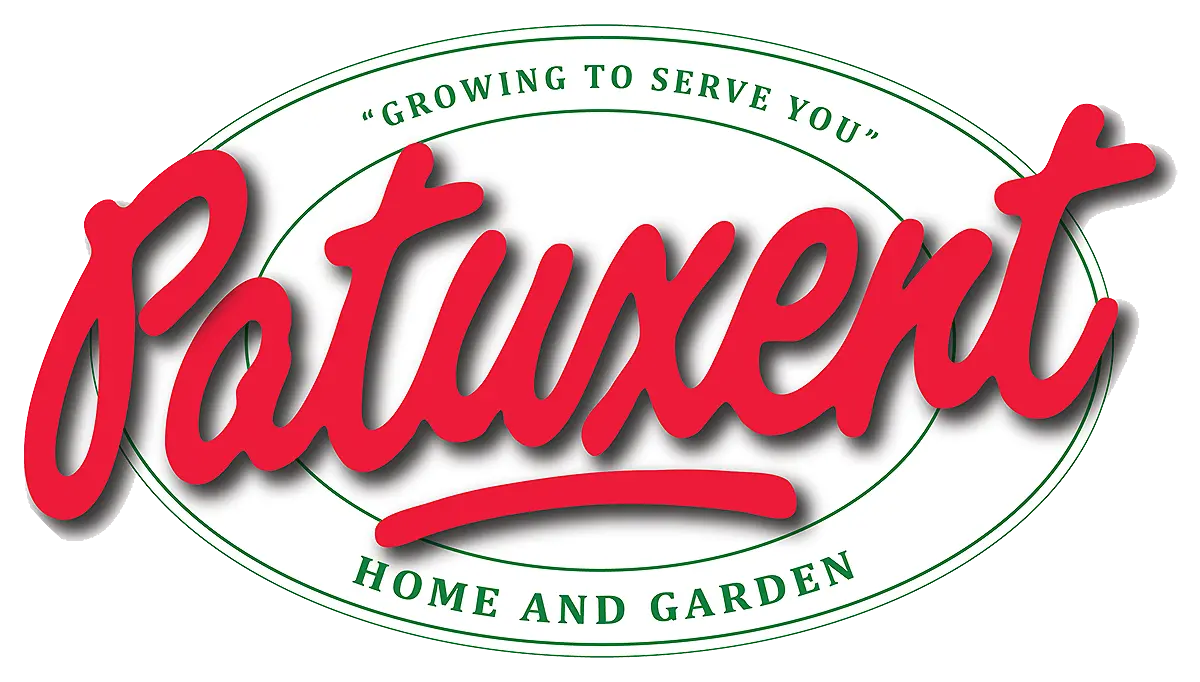One of the worst natural phenomena is erosion. Wind, water, and man-made erosion all degrade land quality. Erosion also reduces water quality by pulling pollution into waterways. This causes unhealthy living conditions for aquatic life. Follow the tips below to slow erosion in your area and help your local wildlife!

1. Plant Grasses, Groundcovers, Shrubs, & Trees
The best way to reduce erosion problems is by planting native plant species. Their extensive root systems help prevent bare soil from being swept away. Maintaining plants, replacing old ones, and reforesting is the best way to reduce erosion. For the best results, plant a combination of grasses, groundcovers, shrubs, and trees.
Grasses
The fibrous roots that ornamental grasses have are deep and spread quickly. This makes them ideal for holding topsoil in place.
Groundcovers
Groundcovers have quick and widespread coverage. This allows them to cover more ground in a shorter amount of time. Not only are they great for preventing soil erosion, but also are amazing for covering bare spots on a lawn.
Shrubs
These hardy plants are great at reducing man-made and animal erosion by dissuading foot traffic. The hardiness of a shrub allows it to survive these harsh conditions. The thickness of a shrub discourages people and animals from walking in that area.
Trees
The deep roots that trees have allow them to hold soil layers together. Tree branches are able to catch heavy rain and slow runoff before it hits the ground.
10 Best Plants For Erosion Control:
- Creeping Juniper
- Fir Trees
- Japenese Spurge
- Mondo Grass
- Periwinkle
- Rockspray Cotoneaster
- Spotted Dead Nettle
- Pine Trees
- Eastern Redbud
- Azaleas

2. Add Mulch, Matting, and Rocks
Mulch, rocks, and matting all weigh down the soil to protect seeds and plants. They all help seeds/plants not wash away with runoff.
Mulch
Mulch retains water, modifies the temperature of the soil, and keeps bare soil from being washed away. For gardens and landscapes, it is best to use wood mulch. Organic mulch will provide nutrients to any garden to help your plants thrive.
Matting
Use mulch matting to hold vegetation on steep slopes. Matting is made of all-natural straw, wood, and coconut fibers. It is eco-friendly and does not prevent plant growth. Remember to replace your mats periodically.
Rocks
Put rocks/pavers down on walkways instead of leaving walkways to runoff from man-made erosion. Rocks and pavers hold soil in place and do not let it wash away.

3. Create Diversions To Help Drainage
Creating diversions allows for redirecting and water flowing in the directions you would like it to go. The best ways to create diversions are by using sandbags, planting in crop rows, or building terraces. When building a terrace, it is best to use cobblestone, gravel, non-absorbant stone, shrubs, or flowers.

4. Avoid Soil Compaction and Overgrazing
Soil Compaction
Compaction creates hard soil which leads to surface runoff. Instead of absorbing water, the water simply runs over the exposed soil.
Overgrazing
Too many animals grazing in the same place at the same time can contribute to poor soil conditions. It is a good idea to rotate grazing through different areas. This will allow growing time for vegetation.

5. Mixing Manure/Compost In Your Soil
Adding manure/compost to your soil will help give nutrients to your plants. Manure also attracts worms which helps soil particles. Worms are great for breaking up clumps in your soil to allow water to absorb easier.

Save Your Soil Today!
Patuxent Nursery has many options for Maryland native grasses, groundcovers, shrubs, and trees. The nursery also has a great selection of hard goods to build your diversions, and walkways to prevent erosion. One trip to our nursery could save your landscape!


So Good